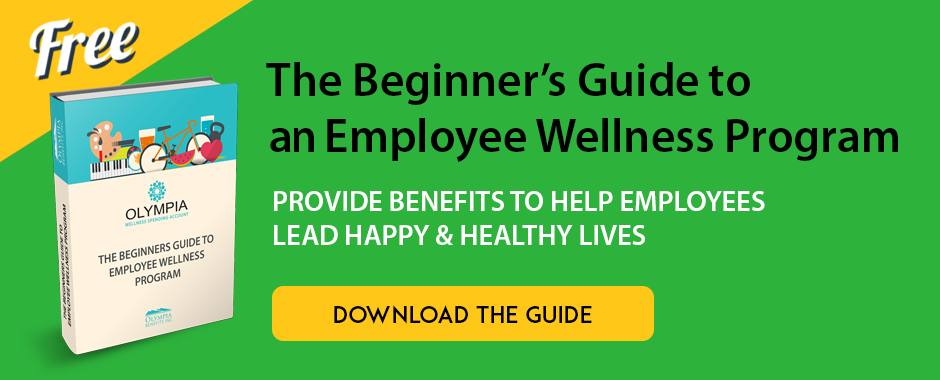An employee wellness program can exist in many forms, from programs aimed at improving employees' nutrition to education about mental health. According to the requirements set forth by Workplace Health in America, there are 5 elements to consider when building a program. When used together, it is suggested that this creates a comprehensive employee wellness program that helps employees achieve wellness goals set forth by both themselves and the company.
In this article, we will outline what these 5 elements are and give examples of how you can incorporate these elements into your own program.
1. Health Education
Health education is one of the most common components seen in employee wellness programs. From sending around a monthly newsletter with health tips, to bringing in speakers, health education can be valuable and cost-effective.
If you're considering bringing in elements of health education, focus on programs that encourage skill development and lifestyle behaviour change. The goals of a health education program are more easily met when you tailor the education to the employees' interests and needs.
Examples: A dietitian giving a talk at lunch, or a weekly newsletter with health and fitness tips.
2. Supportive Social and Physical Environment
Does your company have expectations regarding healthy behaviours? Are breaks required, or smoking cessation programs available to join? Are colleagues encouraging of each other's healthy choices?
Making health and wellness something that the company openly supports can encourage employees to participate in wellness programs and cheer each other on.
Examples: Smoking cessation programs or policies that restrict smoking, providing access to healthy foods, creating health "champions" who promote programs, and making breaks required.
3. Integration of the Program Into the Organization's Structure
If you are going to create an employee wellness program, it makes sense to integrate it into the overall organization's structure. This could include allocating resources to the program, like time set-aside for employees to attend events, and assigning a budget to run the program.
Consider: Is wellness a part of your business plan? What are you risking by not focusing on how you'll keep your team healthy (and happy)?
Examples: Allocating a budget to the employee wellness program and setting aside time for employees to attend events.
4. Linking to Related Programs (Such as Employee Assistance Programs)
Are there related programs you could be putting employees in connection with?
By linking employees to related programs, you can help employees incorporate wellness into other areas of their lives (not only work). In turn, this can help employees better manage their work-life balance.
Examples: Providing information on joining employee assistance programs or a program to help employees balance work and life.
5. Work-site Screenings and Education
Work-site screenings might be more suitable for the United States where there isn't universal healthcare, however this element can be part of a Canadian employee wellness program as well.
Examples: Instead of a work-site medical screening, this might look like giving employees paid time-off (personal days) to visit their doctor, or introducing telemedicine to make it even easier for employees to be proactive about their healthcare.
Whichever option you choose, ensuring there is opportunity for follow-up treatment, if needed, is crucial.
Interested in starting a wellness program?
Listen to our podcast episode about Employee Wellness Programs by clicking here.
Or, listen to our episode about Leadership Well-Being Programs by clicking here.
We've also written a guide about implementing an Employee Wellness Program that's available for free download:
